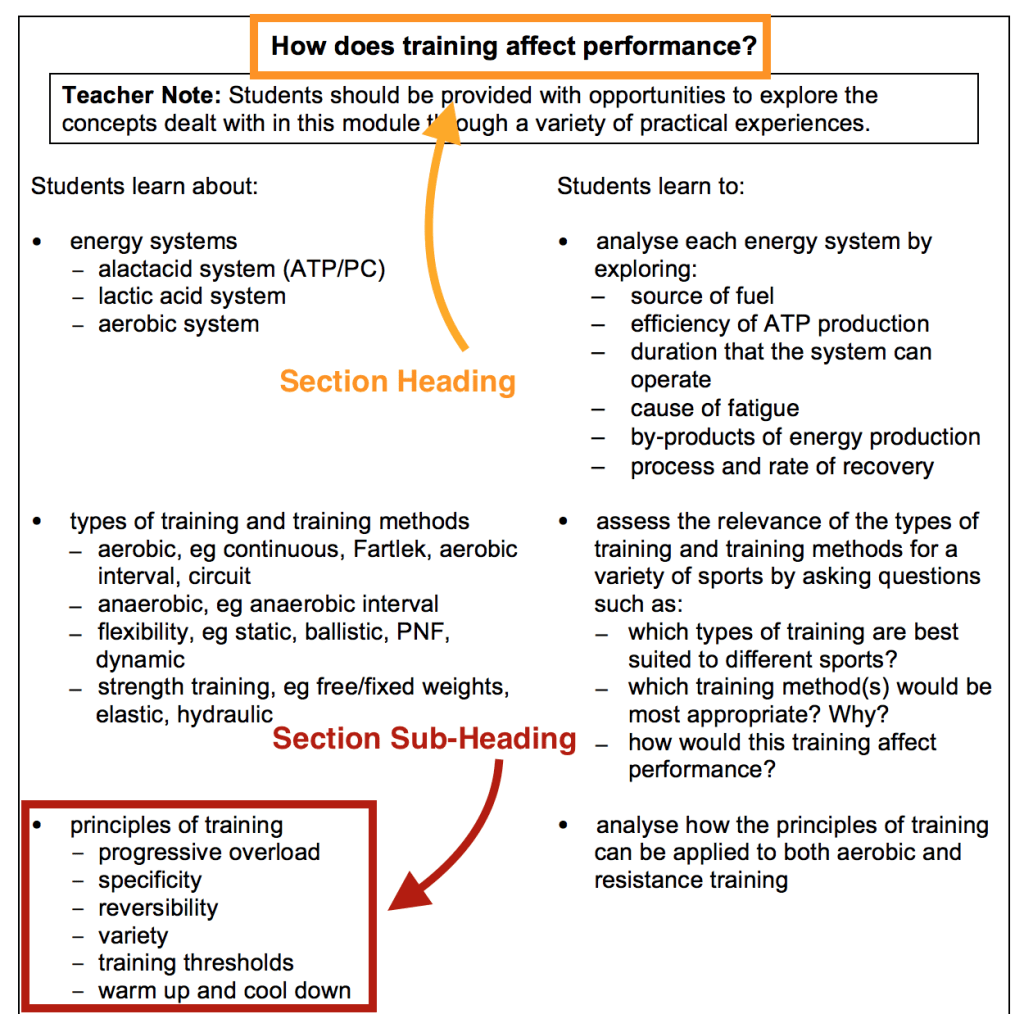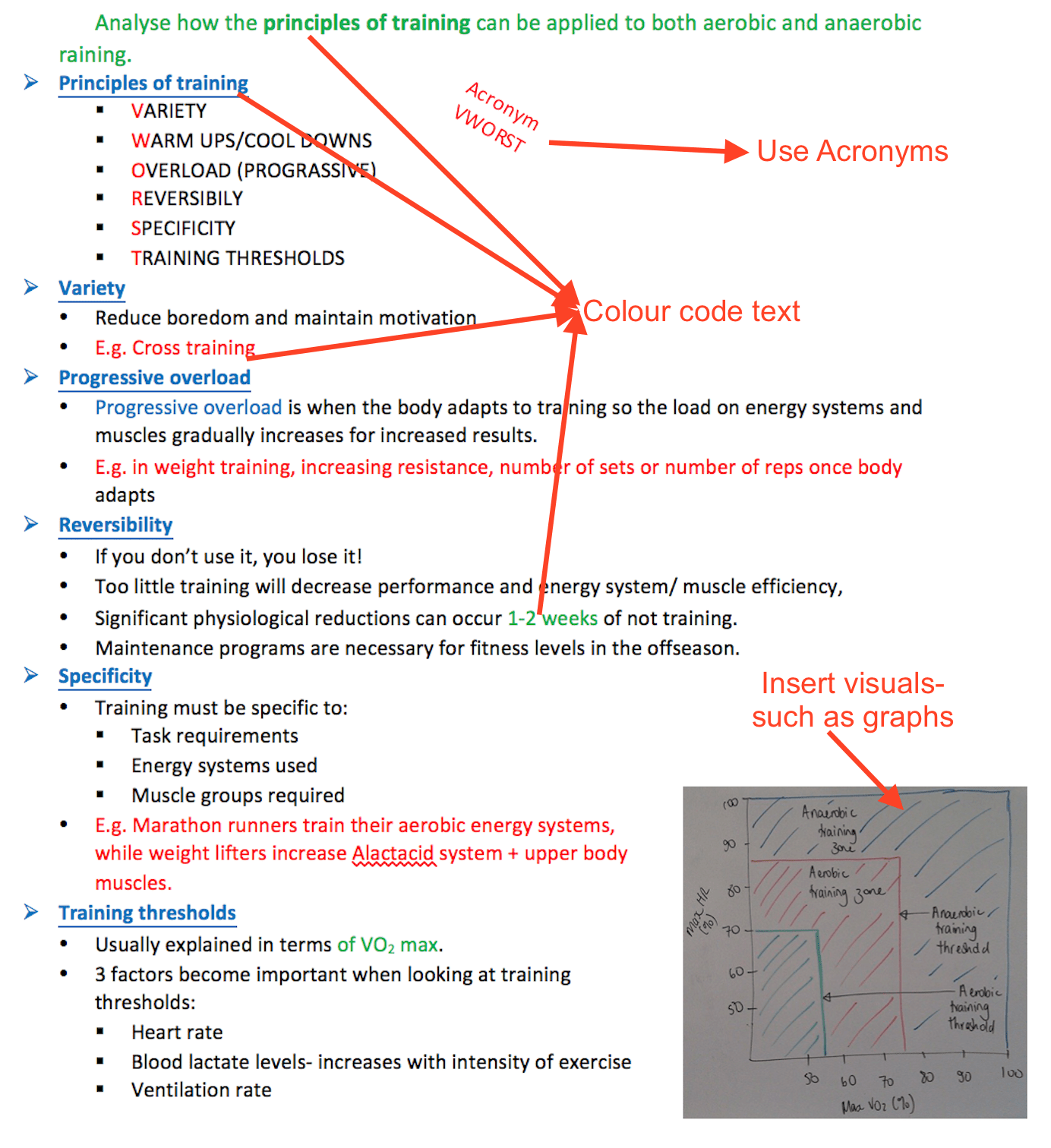Just started writing up your HSC PDHPE study notes and realised how much content there is to fit in?
You’re not alone! It’s important to learn how to write effective HSC PDHPE study notes so that it covers all the content but not to the point where ti feels overwhelming.
As PDHPE is very content heavy and theory driven, study notes are extremely beneficial as they assist in your study throughout the year as well as in final exam preparation.
that’s why we’ve come up with 5 simple steps towards writing your HSC PDHPE study notes, where you’ll save time and write them effectively.
So, what are you waiting for? Let’s dive right in!
Step 1: Download the Syllabus
Step 2: Structure Your Notes
Step 3: Include Examples
Step 4: Make Them Your Own
Step 5: Keep them Updated!
Step 1: Download the Syllabus
When we interviewed a bunch of HSC State Rankers, we found out that the single most effective way to frame your PDHPE study notes is to follow the syllabus and syllabus dot points.
The Syllabus is a bible for any HSC PDHPE student. It outlines what you will be learning throughout the year and tells you all of the content that will be in your exams.
Action Point
- Download the HSC PDHPE syllabus from the NESA website here!
Step 2: Structure Your Notes
Now you have the Syllabus by your side, you can start to write your notes!
First, you need to decide whether you would like to write exam notes or study notes. Why do I bring this up? Because there’s actually a difference which Maddi discusses at length here!
Once you’ve chosen what kind of notes you’re going to put together, use these Syllabus dot points as ‘headings’ which set out and guide your notes chronologically as you work through the content and various modules.
For example, here’s a part of the PDHPE Syllabus:
After this, we can start putting our notes together.
Content can be obtained from a wide range of sources: Textbooks, worksheets, class notes… use whatever you have at your disposal!
The HSC will only ever examine what is in the course Syllabus so when you’re writing notes from the Syllabus, you are writing all you need to know!
Thus, the benefits of using the syllabus to guide your study notes are:
- Your notes will be clear and easy to navigate- especially as there will be so much of them by the end of the year!
- The syllabus will help you identify any key terminology that is required when answering questions and understanding the theory. Remember the words ‘epidemiology’ and ‘dorsiflexion’ for the future.
- By using the syllabus dot points as a guide, you can ensure you don’t fall behind of schedule throughout the year. This will allow you to identify and constantly keep up to where you class is at, or even allow you to stay ahead of the plan (another pro tip given by state rankers).
Action Point
- Read and gather an understanding of your sources.
- Re-write your understanding under your syllabus dot-point headings (in your own words of course!).
Step 3: Include Examples
The use of examples is the next key component for an awesome set of PDHPE study notes.
Including examples after the theory in your notes is a great way to reinforce the content you have learnt and improve your understanding by providing some real-world context for the mounds of theory that was just thrown at you.
Remember for every extended response question, you need to include examples to display your full knowledge of the question. It’s in the marking criteria! It is therefore extra beneficial to include a set of usable examples within your notes so you don’t have to think of them under exam pressure.
Pro Tips:
- The trick is to use only a few examples that can cover a wide range of contexts. This will limit the amount of extra content and ideas that you have to memorise during your study.
- Another key to choosing examples is to use ones that you personally identify with. Do you play and have expert knowledge in a particular sport? If so, use it! Don’t make it harder on yourself and force yourself into learning more content that you are unfamiliar with if you don’t have to.
Step 4: Make Them Your Own
This is where the fun starts!
After you have endured through all the boring content, here is your chance to really personalise your notes to make them yours. Here is where you maximise their effectiveness. Not quite sure how? Time to figure out what learning style you practice!
Are you a visual learner?
The use of visual elements such as diagrams, mind-maps and graphs may help break up the thick chunks of text that make up your notes.
Colour coding your text to separate concepts and ideas will make your notes look visually appealing and clear at the same time.
Or are you a verbal learner?
Create and utilise mnemonics such as acronyms to memorise various concepts. Whilst they may appear to be complete gibberish to others, you will get a kick when you recall whole topics through the use of one simple acronym.
Let’s see it in action!
Step 5: Keep them Updated!
As you go through the year, you will need to ensure that your PDHPE study notes are constantly updated with new information (like relevant current events or news articles), or with better quality information.
If you need some help on keeping your notes updates, be sure to check out our articles on organising your notes here!
Always falling behind in class? Start using these 4 Classroom Habits to Make Note-Taking 100x Easier and see a massive difference!
And that wraps up our simple 5 step guide to writing effective HSC PDHPE study notes to get that Band 6! Good luck!
Jaeger Yee considers his biggest achievement the time he watched the first two series of ‘Suits’ in one sitting. Having completed his HSC in 2014, Jaeger thinks that he has learnt some awesome tips and tricks that he wants to pass onto the AOS community. When he isn’t making plays on the baseball field or consuming copious amounts of ice cream, Jaeger studies Commerce/ Law at Macquarie University (and actually enjoys it).







